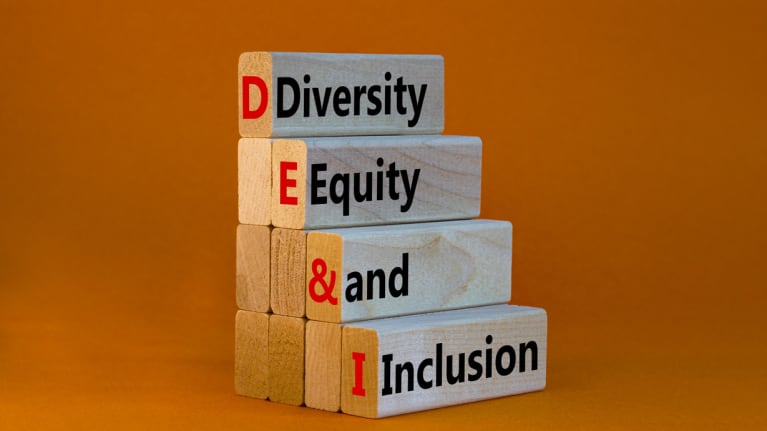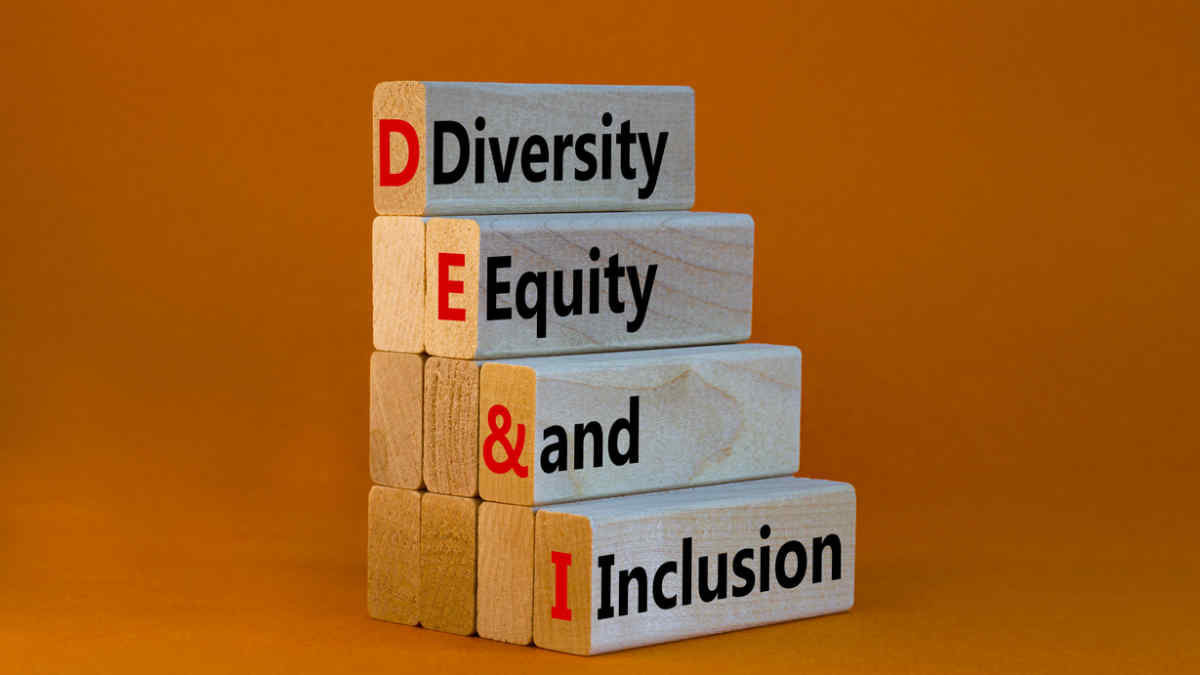

?Canada welcomed a record number of immigrants in 2022: Today, 8.3 million migrants now call the country home. As many first-generation Canadians enter the workforce, they may face uncomfortable questions from colleagues such as: “Where are you really from?”
This question is an example of a microaggression—the everyday slights, indignities, put-downs and insults members of marginalized groups experience in their day-to-day interactions with individuals who are unaware they have spoken in an offensive or demeaning way. Canada’s diversity advocacy groups launched an online encyclopedia—the Micropedia of Microaggressions—in 2022 to document different types of microaggressions.
“Microaggressions are the next frontier of awareness,” said Catalina Rodriguez, a lawyer at Forte Workplace Law in Surrey, British Columbia. “These types of comments in the workplace now come with consequences.”
Companies must address microaggressions immediately, said Michael Bach, a Toronto-based author and thought leader in diversity, equity, inclusion and accessibility. “Microaggressions can be difficult to prove, but they definitely have an impact.”
Bach will speak at SHRM’s Talent Conference & Expo on April 18 in Orlando, Fla.
“Fundamentally, a workplace blooms when everyone can bring their whole self to work, be authentic and be fully engaged,” said Anne-Marie Pham, SHRM-SCP, CEO of the Canadian Center for Diversity and Inclusion in Calgary, Alberta. “The best places to work are those where people believe their diverse talents, experiences, perspectives and insights are valued and put to good use.”
Handling Microaggressions at Work
One way companies in Canada can overcome microaggressions in the workplace is by setting up a diversity, equity and inclusion (DE&I) council to involve employees in creating an organizational DE&I plan with training and education programs for all employees, Pham continued.
“Diversity and inclusion initiatives should start at the top of an organization,” Pham added. “Leadership should have honest, courageous and humble conversations with employees.”
Canadians have the right to be treated fairly in workplaces that are free from discrimination, according to the government of Canada. The Canadian Human Rights Act prohibits discrimination based on gender, race, ethnicity and age, while the Employment Equity Act requires employers to take active measures to improve the employment opportunities of women, people with disabilities, visible minorities and indigenous people.
“DE&I initiatives go beyond Canadian law,” Pham stated. “It’s the right thing to do for your business.”
A law firm in British Columbia has gone beyond offering traditional workplace harassment training. Forte Workplace Law launched StandUP Teams in 2019, working with companies in the province to make sure their corporate culture is anti-racist, free from sexual harassment, and a place of safety and respect for all.
The organization focuses on training employees to be proactive bystanders, Rodriguez said. The training enables employees to practice skills they might use to intervene or diffuse tensions in the workplace, like bullying, harassment and microaggressions.
“Bystander training is a way to reach large groups of people and empower each of them to be champions of workplace respect,” Rodriguez said. “We teach people the lessons they learned in kindergarten—if you see something, say something.”
Pandemic’s Impact on DE&I Training
Experts in Canada say the COVID-19 pandemic slowed down DE&I training in person, but it transformed the delivery of programs online and on Zoom.
“The pandemic created an opportunity for inclusion,” Bach said. “Working from home allowed people experiencing microaggressions [in the workplace] to work in a safe environment.”
In a 2022 KPMG in Canada survey of Black Canadians, 44 percent of respondents said they had not experienced any microaggressions or discrimination between March 2020 and January 2022. Around 24 percent of Black Canadians responding said they had experienced fewer microaggressions during that time.
“Underrepresented groups said they were hesitant to go back into a work environment that doesn’t feel safe, but employees now have a choice with a hybrid work option,” Bach added.
HR Can Help Eliminate Microaggressions
As business partners, HR professionals should aim to make DE&I practices accessible to all employees, Pham noted. HR departments can consult with diverse community leaders, including indigenous elders, to share their experiences in the Canadian workplace. They then can provide recommendations to make HR programs and benefits more inclusive.
An indigenous elder is someone in an indigenous community with enough life experience and knowledge of indigenous traditions to offer guidance and teachings, according to Indigenous Corporate Training Inc. Elders are not defined by age.
DE&I experts offer this advice for HR and company leaders in Canada to address and work to eliminate microaggressions in the workplace:
- Offer unconscious bias training sessions often.
- Encourage immersive learning so employees understand the lived experiences of others.
- Address barriers that prevent managers from supporting the growth and development of visible minorities and women.
- Create inclusive policies and procedures by seeking input, feedback and advice from management and staff.
- Tap into grassroots recruiting by partnering with Black and Latino associations, Asian, Indian and indigenous organizations, immigrant groups and the LGBTQ community.
“Employees should be comfortable going to HR to resolve their situation,” Bach said. “In turn, HR and leadership should give people the opportunity to learn from their mistakes and change their behavior. They should create a space where employees can come to work and not only survive but thrive.”
Catherine Skrzypinski is a freelance writer based in Vancouver, British Columbia.

